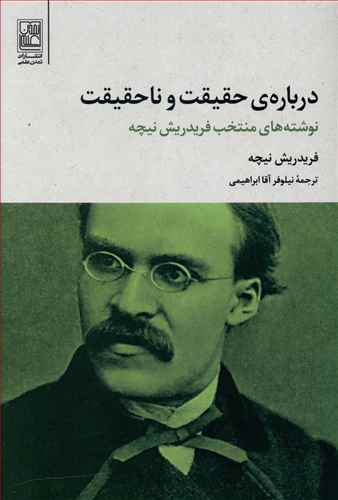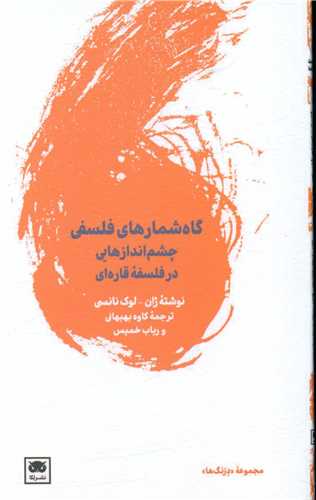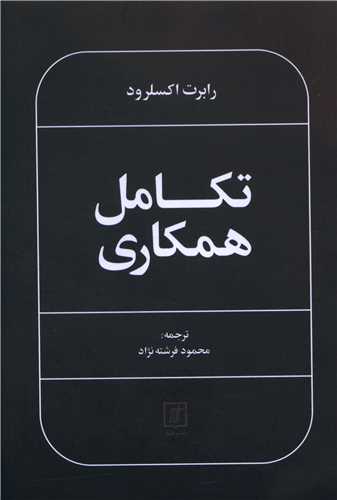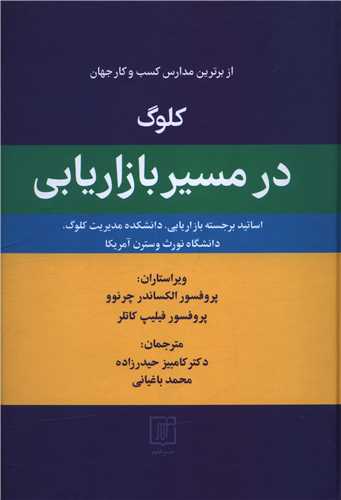گوش کردن فارسی 1402
Gūsh Kardan
20٫99 $
اشتراکگذاری
Wishlist
شابک:
9786222464219
مترجم:
Nīlūfar Āqā'ibrāhīmī
ناشر:
'Ilm
گروه سنی:
بزرگسال
صفحات:
105
وزن:
111 g
ابعاد:
14 x 21 x 1 cm
جلد کتاب:
شومیز
In this lyrical meditation on listening, Jean-Luc Nancy examines sound about the human body. How is listening different from hearing? What does listening entail? How does what is heard differ from what is seen? Can philosophy even address listening, écouter, as opposed to entendre, which means both hearing and understanding?
Unlike the visual arts, sound produces effects that persist long after it has stopped. The body, Nancy says, is itself like an echo chamber, responding to music by inner vibrations as well as outer attentiveness. Since “the ear has no eyelid” (Quignard), sound cannot be blocked out or our whole being is involved in listening, just as it is involved in interpreting what it hears.
The mystery of music and its effects on the listener is subtly examined. Nancy’s skill as a philosopher is to bring the reader companionably along with him as he examines these fresh and vital questions; by the end of the book, the reader feels as if listening very carefully to a person talking quietly, close to the ear.
more
در این مراقبه غنایی در مورد گوش دادن، ژان لوک نانسی صدا را در ارتباط با بدن انسان بررسی می کند. گوش دادن چه تفاوتی با شنیدن دارد؟ گوش دادن به چه معناست؟ آنچه شنیده می شود با آنچه دیده می شود چه تفاوتی دارد؟
برخلاف هنرهای تجسمی، صدا جلوه هایی تولید می کند که مدت ها پس از توقف آن باقی می مانند. نانسی میگوید بدن خود مانند اتاقک پژواک است که با ارتعاشات درونی و همچنین توجه بیرونی به موسیقی پاسخ میدهد. از آنجایی که «گوش پلک ندارد» (کوینارد)، صدا را نمی توان مسدود کرد یا نادیده گرفت: تمام وجود ما در گوش دادن درگیر است، همانطور که در تفسیر آنچه می شنود دخیل است.
more






















